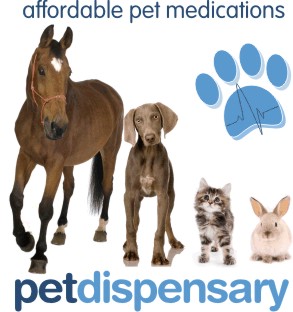Pet Dispensary an
online company offering affordable veterinary medications recently moved to new
premises in Ossett, Wakefield. From this
location Pet Dispensary is pleased to introduce a new Click & Collect
Service!
Although most people are happy to wait the day or so for
delivery of routine flea and worm treatments there may be times when
prescription medications are needed quickly, or you may be passing and prefer
to collect your medication from us.
This new service allows you to place an order online as
usual but then you have the option to collect the order direct from our offices
in Ossett, Wakefield. You will receive a
call or an email to say the parcel is ready to collect and then you can call
for your parcel during our office hours Monday to Friday.
Ordering your pet medication online has great advantages,
the main one being the price. As we only
dispense the medications we don’t have the same over head costs as your
vets. It is also convenient for you to
order from the comfort of your home and to have the items delivered to your
door or to collect the medications if you live nearby.
For our customers more local to us our service we hope will
be of benefit especially if your pet has recently been prescribed some
medication and you want to get them started on it as soon as possible.
We keep most medications in stock and available to dispatch
on a daily basis. With a Click &
Collect order we will on some occasions be able to get the medications ready
for you to collect the same day! This
service can be selected via our website at Check out on the postal options.
We will still need a prescription for the POM-V
(prescription medication orders) but this can be faxed or emailed to us to
speed things up for you providing it has been written in the last 7 days. Once your order is ready Pet Dispensary will
call or email to let you know it is ready to collect.
This new service will be introduced from Monday 11th
November 2013.
Lynsey Bacon Manager at Pet Dispensary comments, “The majority of our orders are processed and dispatched
on the same day, we understand the importance to getting pet medications out to
people as soon as possible. We are
pleased to be able to offer our local customers the option of collecting their
pet’s medications direct from us as in some cases medications are needed
urgently or it may be that they pass our offices daily and want to avoid the
couple of days it may take in the post.
For more details see our website




